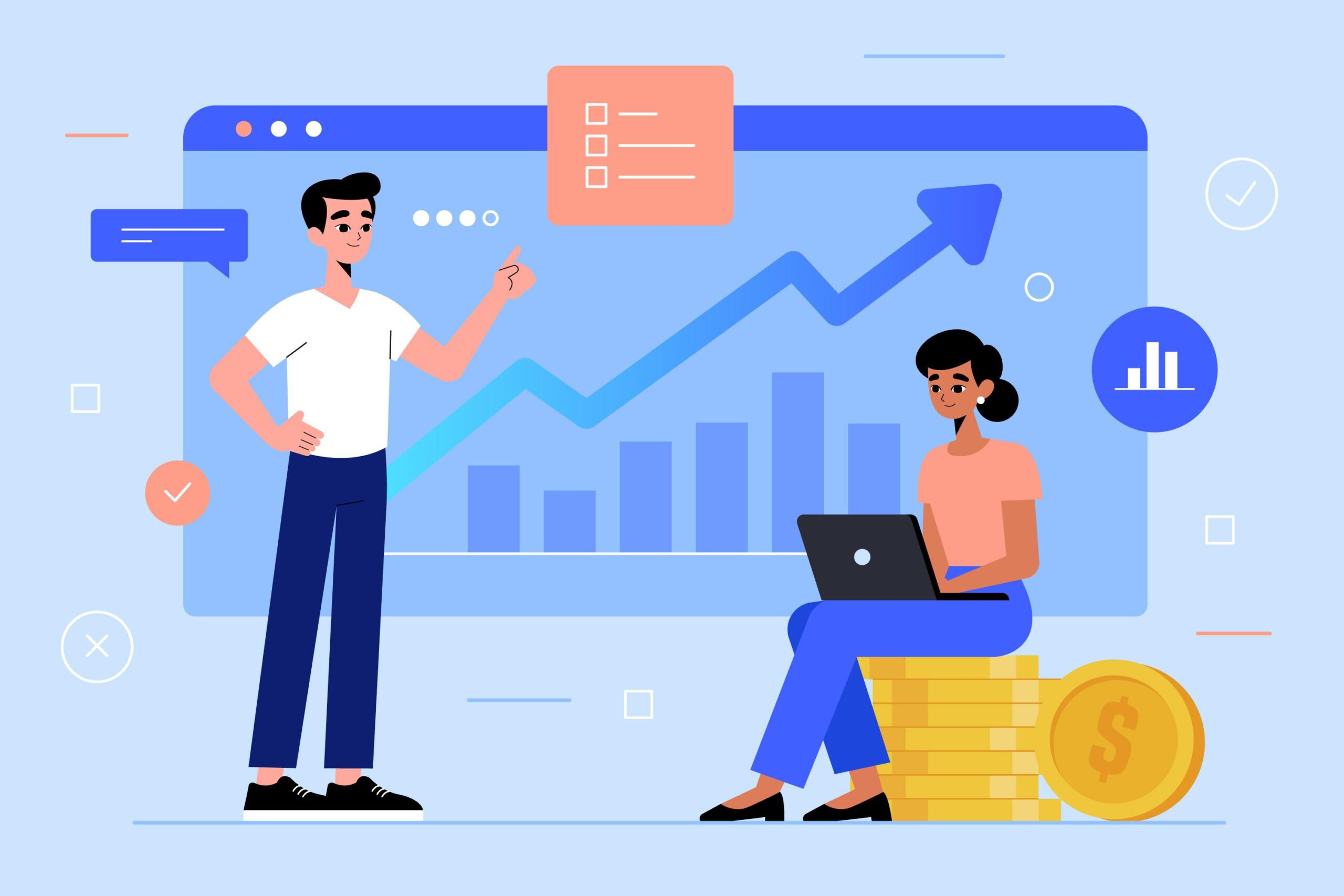How to Convert Leads into Long-Term Customers

For any SME, generating leads is only half the battle won. The real challenge and reward lies in transforming those leads into loyal, long-term customers. In an increasingly transactional world, customer loyalty is the quiet currency that drives sustainable growth. Converting leads isn’t about clever pitches; it’s about consistent trust-building, smart engagement and meaningful relationships.
From Interest to Intent
Leads begin as sparks of curiosity, a response to a campaign, a referral, a trade fair interaction. But curiosity doesn’t equal commitment. The first step is understanding what motivated that lead to engage. Was it a price advantage, a product gap or a trust deficit with an existing vendor? The more precise your understanding of that motivation, the better your conversion approach. SMEs that treat leads as “data points” lose them to competitors who treat them as “decision journeys.”
Mapping each lead’s journey helps you identify where they are in their buying cycle. A first-time enquirer needs information and education, while a repeat inquirer needs reassurance and proof. Tailoring your engagement through content, demos, testimonials or ROI stories shows attentiveness, which builds credibility.
Nurture Before You Negotiate
One of the biggest mistakes SMEs make is rushing to close. True conversions happen when the lead feels seen, not sold to.
Nurturing involves thoughtful communication sharing insights, updates and use cases that align with the lead’s needs. A quarterly newsletter, an industry-specific webinar or even a personalized WhatsApp update about a new offering can turn passive interest into active trust.
Remember, the human memory holds emotion longer than information. If a potential customer remembers your brand as “the one that understood my problem,” price becomes secondary.
Deliver Value Before Purchase
Conversion doesn’t begin after a contract; it begins much earlier when the lead experiences value even before spending a rupee. Offer something useful like a free consultation, a downloadable checklist or a brief audit of their current process. For instance, a logistics SME can assess a prospect’s supply chain efficiency, or a cybersecurity startup can offer a basic vulnerability scan.
These gestures demonstrate competence and generosity, two traits customers equate with
reliability.
When you give value early, you signal confidence in your product and empathy for your customer. That combination builds preference, the precursor to loyalty.
From Transaction to Relationship
A sale is not an endpoint; it’s an opening act. Once a lead converts, post-sale engagement defines whether the customer will stay. Onboarding calls, feedback loops and consistent after-sales service create a sense of partnership rather than purchase. SMEs that invest in this phase often see repeat orders, referrals and organic advocacy, all forms of “free marketing” rooted in trust.
Data can be a powerful ally here. Simple CRM tools can help track interactions, preferences and purchase cycles, allowing you to anticipate needs before the customer voices them. Predictive care is the highest form of loyalty-building.
For SMEs, conversion isn’t a linear funnel, it’s a cycle of awareness, engagement, delivery and retention. Leads don’t just become customers; they evolve into brand ambassadors when nurtured with intent and consistency.
In an age where attention is fleeting and competition is relentless; the real differentiator isn’t what you sell, it’s how you sustain belief. Because in business, as in life, relationships that last are those built on trust, time and tangible value.











